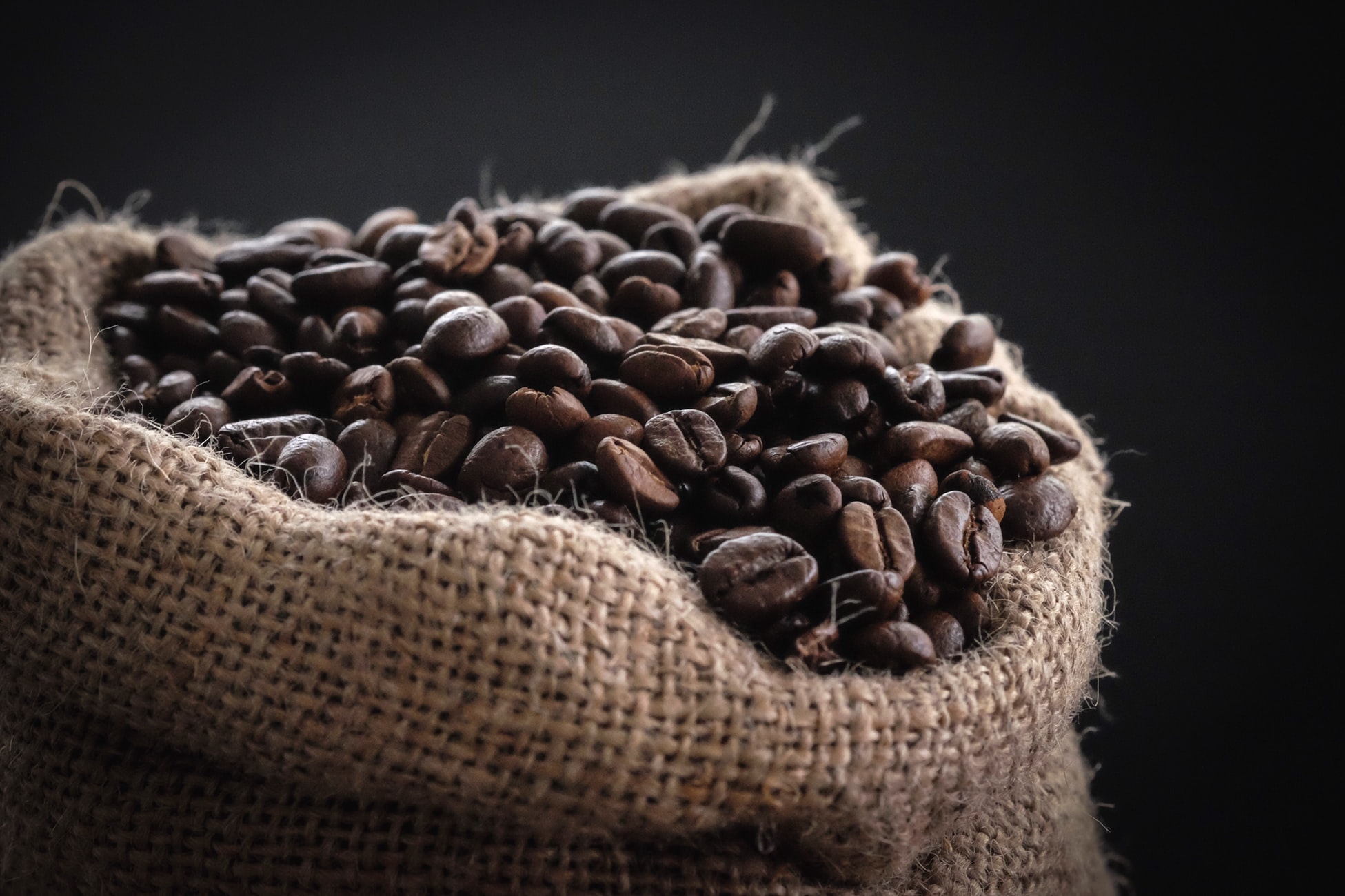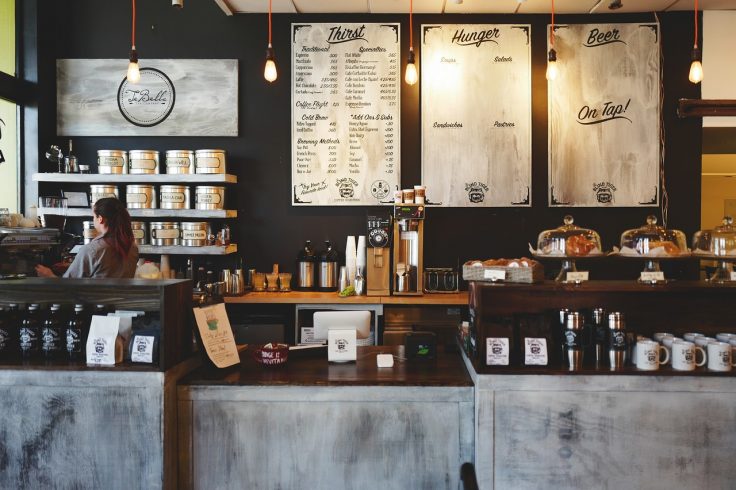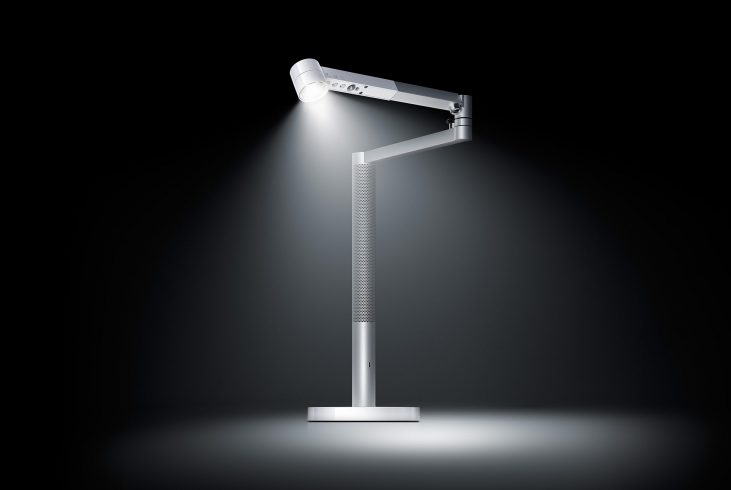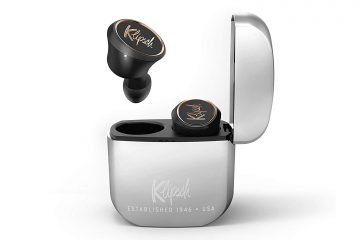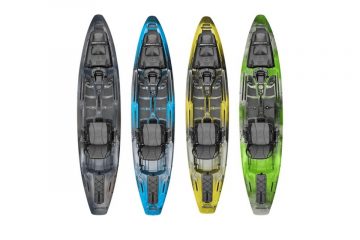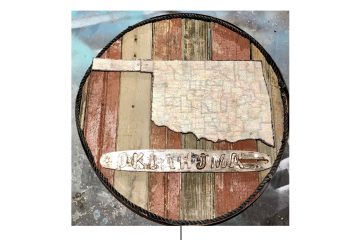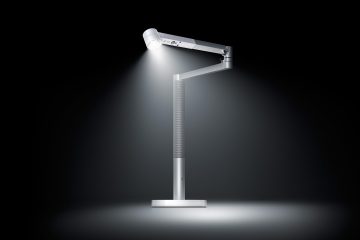The history of the espresso machine is long and a complex one, full of twists and smart Italian men determined to make a perfect shot of this flavor-rich drink. So, brew yourself a cup of coffee (espresso would fit perfectly), and sit back. For a true coffee fiend, espresso is coffee. It is a drink that captures the essence of coffee beans. But how did the whole world get enchanted with this unique beverage? To map out the history of espresso, we will have to start from the 19th century. But first, let’s check some of the basics.
Contents
Espresso Facts
There is a special kind of brewing process behind this type of coffee. A small amount of water is forced under pressure through ground coffee beans. The water has to be nearly boiling, and the process of grinding your beans is vital. It has to be uniform and somewhere between fine and powdery.
What sets espresso apart from other caffeine-based drinks is its strength, thickness and “crema”. A shot of espresso is thick, strong and full of flavor. The crema is considered to be a mark of a proper espresso brewed from quality coffee. There is a widespread misconception regarding the amount of caffeine in a single cup. It’s actually less than people seem to think. You can check here how much caffeine is in different types of coffee.
Back to the Origins
The history of espresso and the machine behind it dates back to 19th century Italy. Even then, the coffee business was flourishing and spreading across Europe. The trouble was the brewing process was slow; a single fresh cup took 5-10 minutes to brew. The world’s first espresso machine for commercial use was invented by Angelo Moriondo from Italy (of course!) more than a hundred years ago, back in 1884. This machine was a steam-driven bulk brewer, but it wasn’t widely available and there never were any “Moriondo” machines on the market.
Remember These Names: Luigi Bezzera and Desidero Pavoni
These two Italians were the first inventors who accomplished commercial success. They improved Moriondo’s machine and added a vertical boiler that only took seconds to brew a cup of delicious coffee. And the espresso was born! Bezzera made several improvements, but it was still extremely difficult to achieve consistency. Pavoni upgraded many aspects of Bezzera’s design. These guys teamed up to refine the machine even more. Finally, they presented an espresso machine named “Ideale” at the 1906 Milan Fair. At that time, espresso was still a regional delight in Italy.
Conquering the World
When World War I ended, Pier Arduino came to the coffee brewing scene. Arduino failed at his attempt to implement screw pistons and air pumps into the machines. But this doesn’t mean he is irrelevant to the history of espresso. He was the man behind a brilliant marketing campaign that made this beverage chic. This marketing savvy Italian contributed to the global expansion of the beloved drink by exporting espresso machines to countries around the world. After the whole of Italy got seduced by the aromatic drink, England followed, and then the United States got captivated as well. The first espresso machine in the U.S. was installed in 1927 at Reggio’s in New York.
What Do Bambi and a Lion Have to Do With Espresso?
Giuseppe Bambi built espresso machines with his brother from 1927 to 1939. If you consider yourself a coffee aficionado the name La Marzocco will ring some bells. The Bambi brothers named their first machine after Donatello’s famous heraldic lion sculpture, a symbol of Florence. These innovative brothers created the first horizontal espresso machine. Unfortunately, World War II led to the expiration of the patent, and there are no surviving prototypes of the invention.
Post-World War II Period
A Milanese cafe owner Achille Gaggia patented spring-piston lever espresso machine in 1947. As a result of a drastic increase in pressure during the brewing process, spring-piston created crema – the foam on top of espresso. The term “pulling a shot” of espresso was coined by baristas operating Gaggia’s lever-driven machines. The spring-loaded handles were no joke – they could (and did) seriously injure baristas handling them.
The Sixties – the Time of Revolution
The revolution in the sixties coincided with the next revolution in the espresso machines. A motorized pump was added in 1961, so the machine didn’t rely on the barista’s force and strength anymore. Ernesto Valente’s mechanical pump created 9 bars of pressure. He added a heat exchanger system that provided a more stable and optimal brewing temperature. This design is the basis of almost all modern machines.
Finding the right balance between pressure, temperature and grind are the key elements behind a perfect shot of espresso. We must not forget the talent and skill of a barista, whose style and touch add a final note. Today, this morning ritual seems to dominate the world and many people find it unimaginable to start their day without espresso’s alluring aroma.
[amazon box=”B007K9OIMU, B00YCP71VK, B00CH9QWOU” template=”table” items=””]

